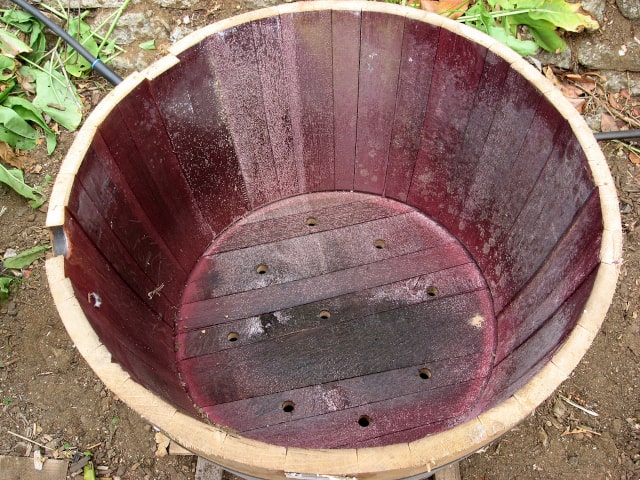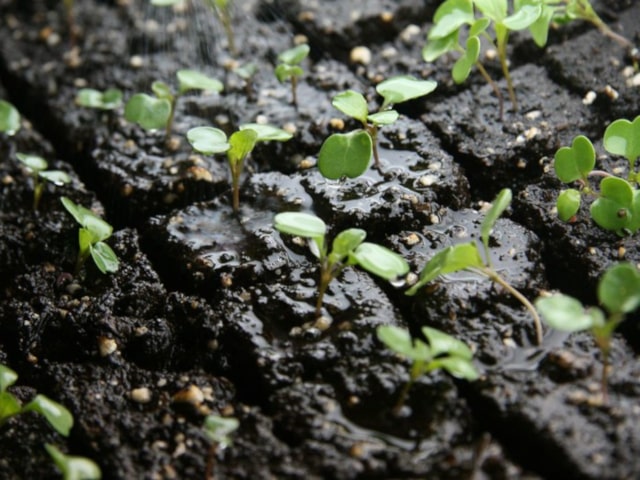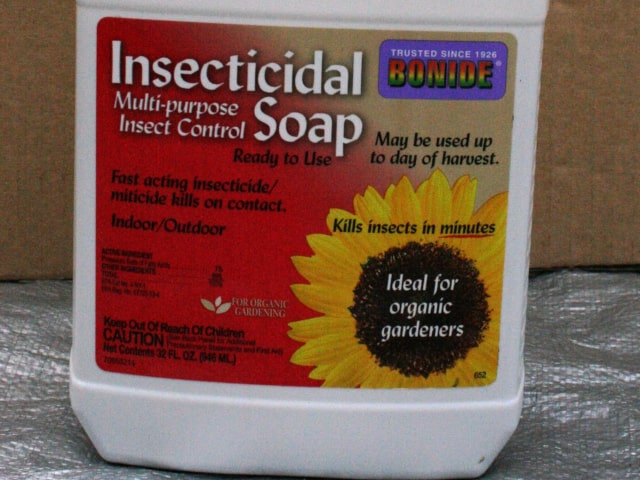
Leaf mold is excellent compost made by letting only leaves break down over time. It is very easy to make so all gardeners and plant growers can make a good supply of leaf mold they can use in their gardens in many different ways.
Many people think of the falling leaves that cover lawns and driveways as some annoying nuisance. It requires effort to be raked up, then stuffed into lawn bags and finally hauled to the curb. This can be a daunting task most people hate. Above all, fallen leaves are usually seen as useless.
Nothing can be further from the truth. Instead of thinking of falling leaves as a nuisance, think of them as a very useful thing, a free amendment for your garden soil.
All you need to do is to make the leaf mold out of the fallen red, yellow and gold leaves in your garden. These leaves produce dark, rich leaf mold you can use for your plants.
About Leaf Mold
Leaf mold is a type of compost created by letting leaves decompose over a period of time. It's very important to use only leaves and no other organic matter.
Leaf mold differs from regular garden compost in several important ways:
Leaves are dry, acidic and low in nitrogen. Because of this, they decompose into leaf mold through the slow, "cold" process of fungal breakdown. Garden compost, on the other hand, is made from a variety of organic material. It is created by bacterial decomposition. This process relies, at least in part, on heat built up among the ingredient in the compost. This doesn't happen with leaf compost.
Leaf mold and compost have different purposes. Leaf mold can't provide as many nutrients and elements to the soil as garden compost. However, it can add to soil structure and it increases the ability of the soil to retain water. This way, it provides a good habitat for soil life such as beneficial bacteria and earthworms.
Leaf mold is inexpensive. The only thing you need to provide is a black garbage bag to collect the leaves. Leaf mold is basically free and very easy to make. Therefore, unlike commercial garden compost, it saves money so anybody can make it and use it in the garden.
How to Make Leaf Mold
It is surprisingly easy to make leaf mold. All you need to do is to follow a few simple steps:
- Prepare a container for decomposing leaves. Place a construction-grade black plastic bag over an empty garbage can.
- Collect fallen leaves. It's best to shred leaves by running over them with a lawn mower in order to speed the decomposing process. Rake leaves and pack them.
- Compress collected leaves into one bag. Soak leaves in bag and make sure you've collected as much as possible. Sometimes, it's helpful to loosen the garbage bag from the rim of the garbage can several times in order to remove air pockets.
- Carefully pull the full bag of leaves from the garbage can. Tie the bag closed but leave an opening to allow the rain to get in. Place the bag out of the way. It's best to put it in a part of the yard that gets plenty of rain.
- Poke holes all over the bag's surface using scissors, garden fork or a screwdriver. This will make entry holes for worms.
- Insert a hose in the whole at the top of the bag. Soak the leaves.
- Leave for 6 months. After this, turn the bags over and leave them again.
- In about 12 to 18 months (depending on your climate zone) the leaves should be fully broken and your leaf mold created. The leaves should be broken into flaky particles about one inch in size. The color should be rich, dark brown. One of the best ways to know the leaf mold is ready is its smell. It should have the familiar earthy smell of the forest floor after rain. At this point, the leaf mold is ready for use. If the bags haven't deteriorated, you may re-use them next year to make new leaf mold.
How to Use Leaf Mold
You can use leaf mold in many different ways. It has several important uses in vegetable gardens and in perennial beds.
For example, you can dig it or turn it into the soil between seasons to improve the soil quality. Or you may use it as a top dressing or mulch. It can even be mixed with water to create a "tea" for your garden you can use for watering roots. Alternatively, this "tea" can be used as a foliar spray. Leaf mold is also excellent when used in containers because of its ability to retain water.
Photo credit: Gavin Anderson




1 Comments
Hi, I'm filling raised beds with layers of mulched leaves, manure and compost. My leaf mulch has been sitting in plastic bags with no air holes for about a month in the cold garage. Some of the bags had damp or wet leaves in them. Do you think I should soak the leaf mulch in a vinegar solution first before putting it in the raised beds? Any tips for reducing bad fungus or bacteria? It will be a cold compost process. Thanks